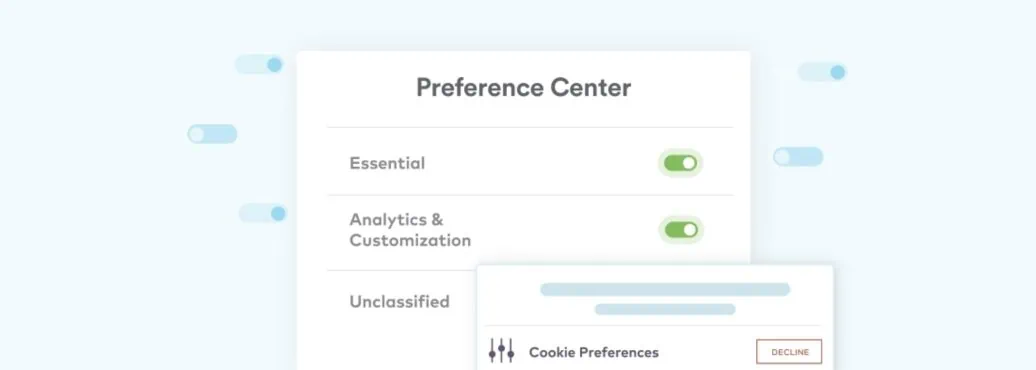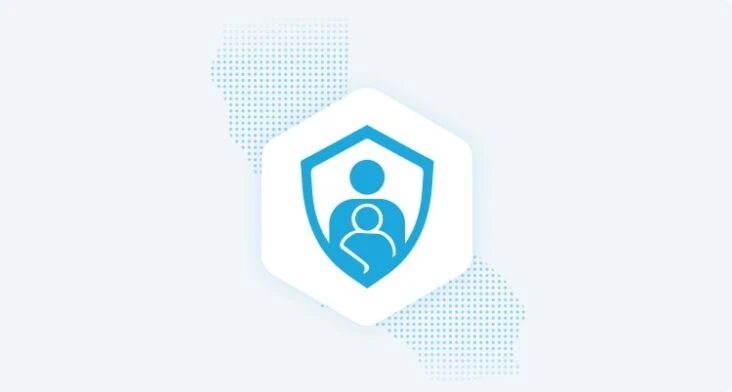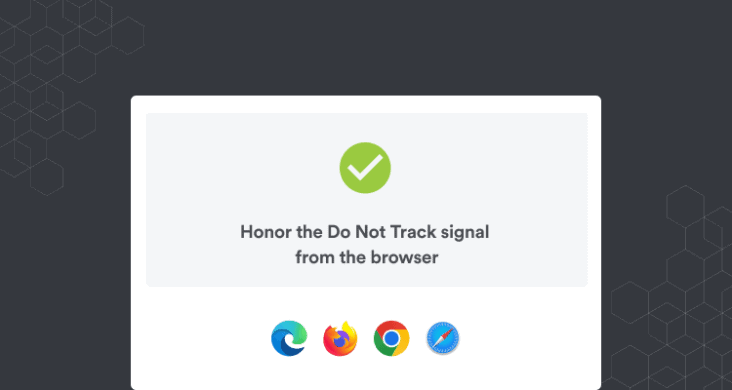Continuous customer engagement by companies through branded messaging tends to increase customer trust. But how often a business should communicate with its customers, what type of message it should communicate, or how its users and customers can opt in and opt out of various marketing communications are some of the aspects that a company needs to keep in consideration while formulating its brand’s communication strategy.
Moreover, with the increase in data collection and processing, companies need to figure out how they can gain more and more visibility into users’ personal data, use it for their sales and marketing purposes, and ensure compliance with applicable privacy laws. More importantly, global data protection regulations and standards are built to empower users and give them more control of their personal data.
These laws require businesses to be transparent with their customers in relation to their data processing activities and keep their customers continuously informed on how they collect, process, sell, and share customers’ data. As a result of these data privacy regulations, effective and continuous communication with customers has become more essential.
Businesses must continuously engage with customers at various customer-facing touch points within and across online platforms and keep them informed of their data processing rights and how to exercise them.
A preference center is vital for ensuring effective communication with customers. This article discusses how preference centers can tackle these challenges to not only build customer trust but also ensure regulatory compliance.
Read on as we discuss preference centers, their benefits, what they should include, and how to set up one in just a few minutes.
What is a Preference Center?
Mailchimp, one of the largest email marketing and automation solutions, defines preference centers as a page or a form that “lets subscribers decide what types of messages they want to receive from you. To give your audience some options to customize how often they hear from you, or about what topics.”
Preference centers can be a page on a website or mobile application or just a popup window. It enables customers to decide what type of topics they wish to hear about, what channels they want to be contacted, and whether they wish to opt in or opt out of a particular kind of communication.
Why Do You Need a Preference Center?
Preference centers are ideal for every business with a marketing communication strategy and tend to send branded messaging through newsletters, promo emails, SMS, or in-app notifications. Let’s see some of the reasons why you need a Preference Center on your website’s home page.
Reduce Opt-Out Rates
Preference centers can be a great help in controlling the opt-out rate and ensuring that the customer is presented only with those topics they are interested in. Instead of allowing customers to opt out of all kinds of marketing communications at the same time, the preference center allows customers to select and deselect from various marketing options presented to them.
Companies can make their preference centers as granular as they want - for example, they can present choices for users to receive marketing communications via text messages, emails, or phone and whether they want to receive daily newsletters, weekly updates, or quarterly updates. The user then makes a conscious choice of selecting and deselecting granular options presented to him/her. As a result, opt-out rates are automatically reduced.
In short, customers let businesses know their topics of interest and preferred communication mediums through preference centers by opting in and out of various granular options presented to them.
Meet Regulatory Compliance
There are around 130 jurisdictions across the globe that now have data protection and privacy laws in place.
Most privacy laws like the GDPR require organizations to obtain consent from their users before the use of non-essential cookies and prior to sending them any direct marketing communications. Preference centers are a great way to ensure compliance with consent requirements.
Preference centers allow individuals to update their cookie preferences at any time by selecting and deselecting from cookie categories, as well as regarding direct marketing communications. The preference center is available at all times on the website in order to allow individuals to withdraw their consent at any time.
This ultimately helps companies to honor consent preferences and revocations immediately and adequately. As a result, companies can ensure regulatory compliance.
When done right, preference centers can efficiently act as proof of consent compliance.
Personalized Interest-Based Communication
Studies have shown that 48% of consumers tend to spend more due to personalized messaging, while 74% hate being shown irrelevant content. It is fair to say that personalization is a vital step in not only increasing customer engagement but also their purchase decisions.
Preference centers present an ideal opportunity for businesses to help them understand their customer preferences or interests and show personalized messaging. By enabling customers to choose and decide what they wish to hear more about, businesses don’t only give control of their preferences back to them but also understand their interest in specific topics.
By leveraging such data, businesses can personalize their marketing communications, retain customer engagement, affect purchase decisions, and build trust.
Enable Granular Cookie Selection
Many privacy laws require websites to obtain specific consent for specific data processing purposes, i.e., separate and specific consent for separate and specific categories of cookies. Users can make granular cookie selections via the preference center. For example, they can opt-in to third-party advertising cookies and opt-out of first-party audience-measuring cookies.
Preference centers help companies obtain specific consent for specific types of cookie categories and ultimately respect user choices regarding the collection of personal data via first-party and third-party cookies.
What Should a Preference Center Include?
While building a preference center, companies should keep in consideration the following key points:
- Various privacy laws may have different consent obligations. Some privacy laws require companies to be granular with respect to choices they present to their customers and obtain separate and specific consent for separate and specific data processing purposes. Therefore, it is essential to identify which privacy regulations apply to your organization to build a preference center per applicable privacy laws. An organization subject to multiple privacy laws at the same time can have multiple preference centers catering to their different audiences that are subject to different laws.
- In order to ensure effective communication with customers, it is essential to present all information in an easily understandable, intelligible, and simple language. Therefore, a preference center must be in a language that the website audience can understand. It must be in the local language of the jurisdiction from where most website visitors are coming from. Where a website is directed to children, the language should be in such a way that a child can understand it, i.e., free from legal and complex jargon.
- In order to assess customers’ interests and choices in an effective manner, it is essential to present them with granular choices. The choices must not only relate to the type of content they are interested in but also the medium of communication they would prefer as well as how often they would like to be communicated.
- In order to provide control to users with respect to their personal data, it is essential to provide them with easily accessible opt-out options. The opt-out mechanism should not be made unnecessarily difficult for a customer, and the preference center should allow customers to easily opt out of their choices at any time without any hindrance.
Set Up Securiti Preference Center With Just a Few Clicks
Securiti Privacy Center is a fully functional automation tool that enables businesses to automate their key privacy functions and easily meet compliance requirements without complexities.
The Privacy Center provides businesses with a first-party consent manager or a preference center to collect consent from varying touchpoints, such as websites, mobile SMS, or SaaS systems. The preference center has hundreds of pre-built connectors that enable seamless consent collection from connected downstream systems.
Securiti’s Universal Consent Management allows companies to deploy configurable preference centers. The preference center helps organizations immediately and adequately honor consent preference and consent revocations across multiple systems. Businesses can further personalize the messaging and styling of the preference center to match their brand preferences for increased customer engagement.
Automate your first-party consent preferences and other privacy functions by signing up for a Free Trial now- no credit card required.











